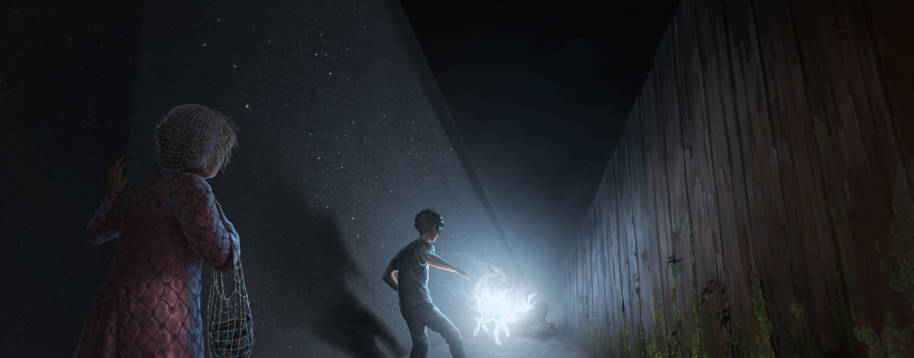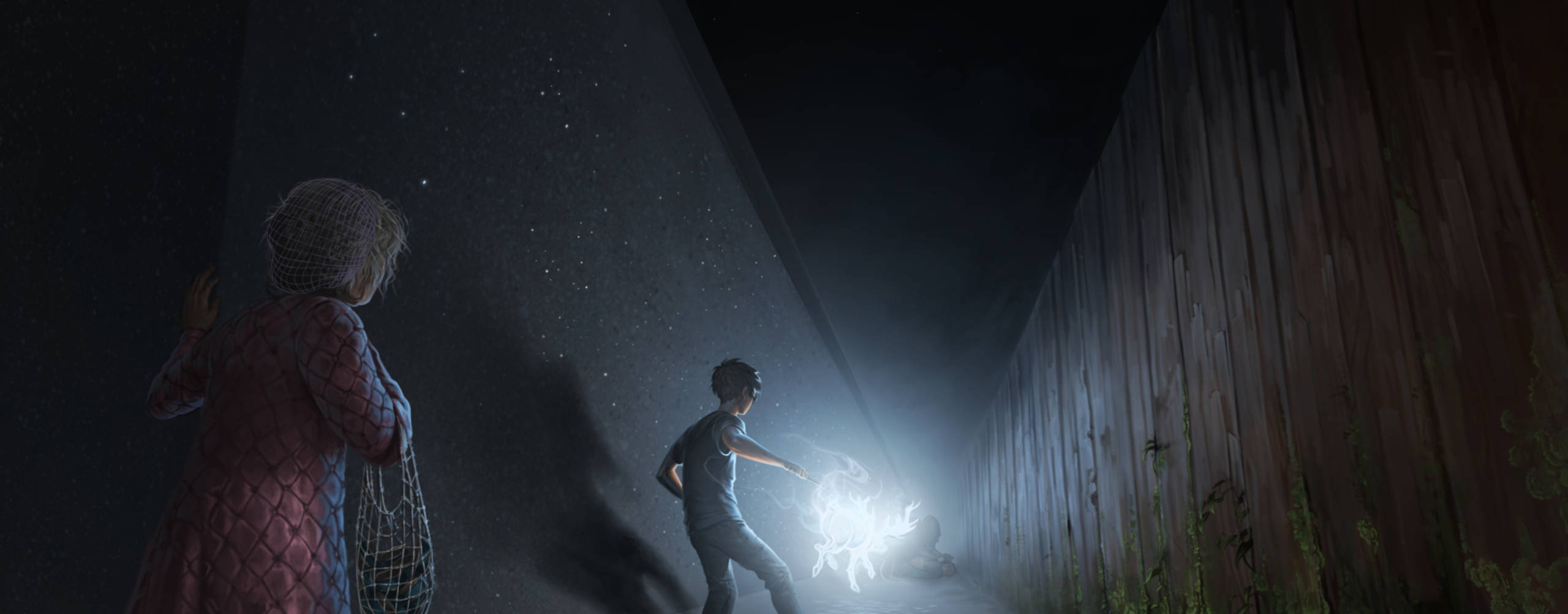
The most extraordinary thing about wizarding society is not the magic – although that is pretty extraordinary – but the fact that it has been able to keep that magic a secret from the Muggle world. It must be an immense task: to keep an entire society hidden from the inside of another society. The logistics are head-spinning, with so much potential for everything to go horribly wrong. But so far, it hasn’t; the wizarding world has kept itself safe and hidden for hundreds of years.
In the beginning…
Wizarding society wasn’t always so hidden: not systemically, anyway. During the Medieval period, wizards were persecuted brutally by Muggles, who were afraid of magic but not very good at recognising it. This caused many wizards to operate in self-imposed secrecy.
The International Statute of Wizarding Secrecy
Extremist wizards wanted war against Muggles, but the wider community instead opted for secrecy: an international law enforced by each country’s Ministry of Magic, which was responsible for concealing societies, controlling magical beasts, beings and spirits, and making sure wizards don’t blow everyone’s cover.

What this meant for wizards
Above all, the International Statute of Wizarding Secrecy kept wizards safe; it also required them to be vigilant and responsible. Wizards were required to dress like Muggles when interacting with them, for example, and they were prohibited from participating in Muggle sports. Deliberate breach of the law could result in serious punishments.
As a result, many wizards set up their own magical communities within Muggle communities. Villages such as Ottery St Catchpole on the south coast of England, or Godric’s Hollow in the West Country, thrived due to mutual magical support and a variety of concealment charms, including Confunded Muggles.
Not all wizards were happy
The International Statute of Wizarding Secrecy has been the source of a contentious debate in wizarding society, namely because people have asked whether wizards should be the ones living underground. Carlotta Pinkstone, for instance, campaigned to have the statute repealed in the early twentieth century; she was imprisoned numerous times for performing spells in front of Muggles, and telling them the truth about magic. Other wizards practised more violent and extreme measures, the most famous of whom was Dark wizard Gellert Grindelwald. His campaign of terror was partly motivated by his dream of overthrowing the Statute of Secrecy and leading wizards out of hiding.
Some methods of secrecy are… imaginative
Wizarding society is kept hidden from Muggle society through a vast and complex range of concealment charms. If a Muggle were to look at Hogwarts, for example, all they would see is a ruin with signs telling them to keep out. Some magical locations are sequestered entirely from the Muggle world – with Diagon Alley, in particular, being accessible through a number of gateways between the two worlds.
But, of course, magic can be weird and wonderful. Take the entrance to St Mungo’s Hospital for Magical Maladies and Injuries, which to Muggle eyes looks like a shabby department store. To gain entrance you enter through a magical window and speak to a mannequin. And that’s nothing compared to the Ministry of Magic, with entrances including a phone box and a loo you must flush yourself down.

Keeping the secret is hard work…
As you can imagine, keeping an entire society concealed from another society is not easy; in fact, it’s a full-time job. Located in the Ministry of Magic’s Department of Magical Accidents and Catastrophes are the Obliviators: specially trained wizards who are skilled in Memory Charms. If the Statute of Secrecy is breached, it is their job to clean up the mess, which usually means modifying the memory of any Muggle witnesses.
…and sometimes impossible
The wizarding world is so chaotic, so much larger than Muggle life, that sometimes it’s impossible to keep it hidden. This especially goes for magical creatures. Scotland, for instance, has repeatedly breached the Statute of Secrecy thanks to it being home to the world’s largest kelpie – known to Muggles as the Loch Ness Monster. In Tibet, the Yeti situation got so out of control that the International Confederation of Wizards had to station a task force of wizards in the mountains to keep it hidden.
But it’s not only magical creatures who prove difficult to manage – wizards often cause chaos too. In the days following Lord Voldemort’s first downfall, in 1981, the wizarding world came dangerously close to blowing its cover through vigorous celebration: most notably there were owls flying through the daylight, and the skies were full of shooting stars.
There are exceptions to the rule
Wizarding society is not entirely closed off from the Muggle world, however. It is not uncommon, for example, for wizards and witches to fall in love with Muggles, and let them in on the secret. Nor is it uncommon for Muggles to give birth to a magical child.

And then there are times when Muggles have to be told about the wizarding world. A famous example is the Muggle Prime Minister of the UK, who is visited by his or her magical counterpart, the Minister for Magic, on the day they move into 10 Downing Street. Some Prime Ministers take the news well; others have tried to throw the Minister for Magic out of the window.

